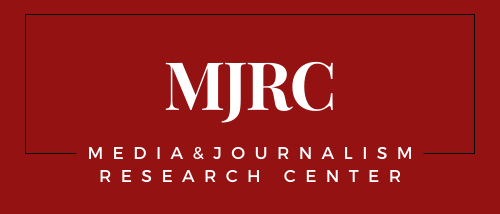How Associations of Journalists Protect Press Freedom in Europe
Journalists’ associations are instrumental in protecting press freedom, however they are faced with declining membership and financial constraints, a new study shows.
A study covering the complexities surrounding journalists’ associations in Europe, with a focus on discussing the criteria for identifying a journalist and examining the delicate balance between press freedom and governmental interference, has been released today by the Media and Journalism Research Center (MJRC).
“The currents of journalistic associations in the EU reveal a landscape shaped by historical legacies, digital transformations, and economic uncertainties,” penned Judith Pies, the author of the report.
The report highlights that despite the existence of a framework of international labor conventions and recommendations regulating the profession of journalism, there are ongoing socio-economic disparities among journalists in various EU member states. This underscores the need for advocacy to ensure fair and equitable working conditions that support the economic independence of journalists.
Journalists’ associations partake in advocacy, however, they are confronted with dwindling membership and financial limitations. Pies stated, “Collaborative endeavors, regional networks, and international affiliations emerge as potential lifelines in addressing fragmentation and sustaining advocacy efforts.”
Being part of a project dedicated to advancing media freedom in Lebanon, the report also offers insights for shaping the dynamics of the Lebanese media landscape. The project, entitled “Media Reform to Enhance Freedom of Expression in Lebanon”, is implemented by Maharat Foundation, Legal Agenda and the Media and Journalism Research Center (MJRC) with the support of the Delegation of the European Union to Lebanon.
The study is available here.
Read more on the project page.
Photo: licensed under the Unsplash+ License
Support independent media research – your donation helps keep our work open.
Donate
